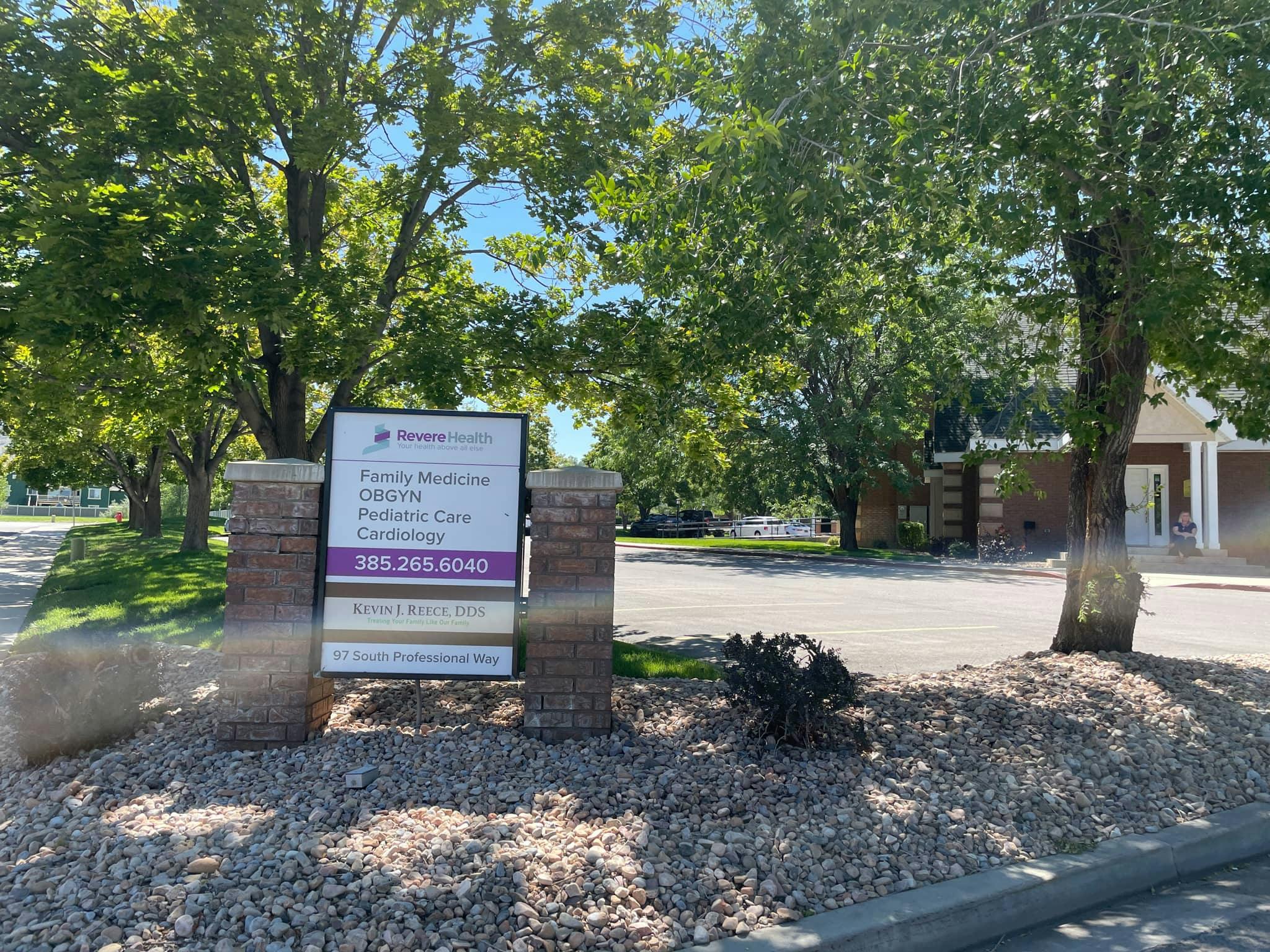Phone: (801) 373-4366
Fax: (801) 429-8191Tues: 9:00 am - 2:00 pm
See patient education
resources below ↓
Services

Echocardiography
Ultrasound waves are used to examine the functionality of the heart and diagnose heart diseases and disorders.

Stress Echocardiography
A procedure measuring heartbeat and blood pressure while exercising to determine the health of the heart and blood vessels.

TEE
Transesophageal echocardiography is a test used to produce ultrasonic imaging of the heart to better diagnose disorders.

Holter Monitor and Event Recording
A small battery-operated device that is used to record the heart’s activity for those who have irregular cardiac symptoms.

Pacemaker Programming
Your doctor will determine if demand pacing or rate-responsive pacing is a better fit for your needs.

Exercise Treadmill
An exercise test on the treadmill is a way to test the effect of exercise on your heart and your ability to breathe.

Venous Ablations
Treatment using laser energy to close varicose veins in the legs. It leaves no scars and relieves aches and pains.

Nuclear Diagnostic Imaging
Radioactive tracers are used to detect radiation the body. Digital images are generated and used to make a diagnosis.

Cardiovascular Perfusion
Circulation equipment provides support to a patient’s circulatory or respiratory functions in certain heart procedures.

Bone Scan
A scan that screens for damage in the bones, the spread of cancer and potential bone infections and trauma.

In-Office Lab Services for Cholesterol and Anticoagulation
Lab tests look at the blood’s ability and time it takes to clot, along with lipid levels related to cholesterol.

HIDA Scan
A hepatobiliary scan captures images of the liver, gallbladder and bile ducts to help diagnose medical conditions.

Cardiac MRI
A simple imaging procedure using radio waves and magnets to capture detailed pictures of the heart and blood vessels.

CT Coronary Calcium Score
A heart scan that calculates your risk of developing coronary artery disease, a common heart condition.

Ambulatory Blood Pressure Monitoring
A non-invasive method of obtaining blood pressure readings while the patient is in their own environment.

Ankle-Brachial Index Testing
This is the ratio of the blood pressure at the ankle to the blood pressure in the upper arm (brachium).

More about value-based care


















